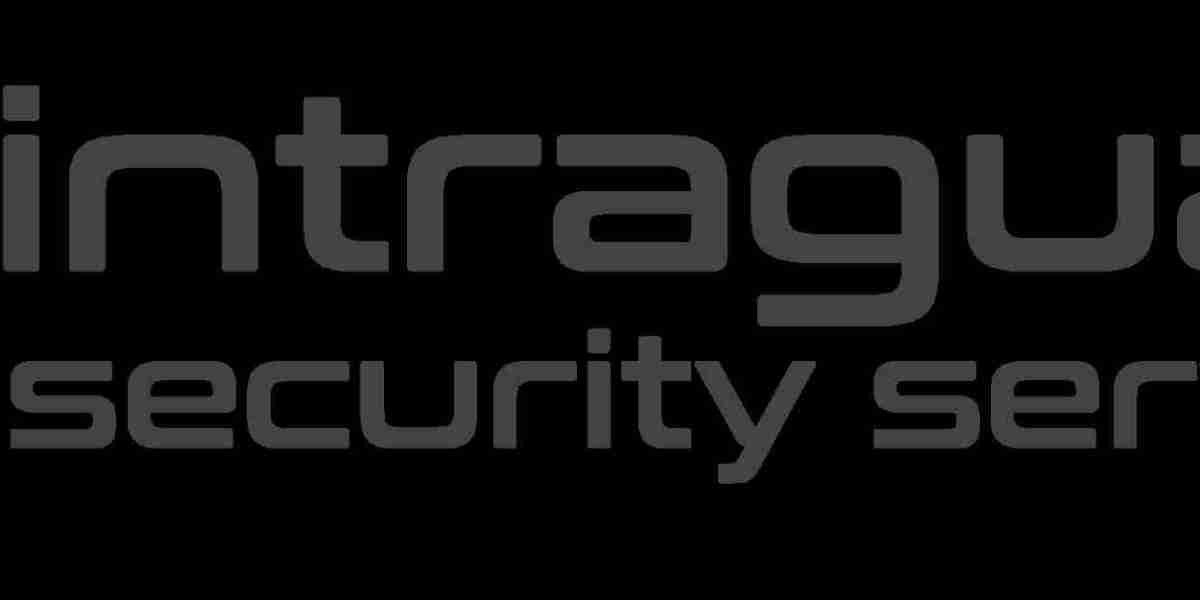IPv4 addresses are 32-bit numbers expressed in four octets, separated by dots (e.g., 192.168.1.1). To manage IP distribution effectively, these addresses are categorized into five classes:
1. Class A (Large Networks)
- Range: 1.0.0.0 to 126.0.0.0
- Subnet Mask: 255.0.0.0
- Number of Hosts: Over 16 million per network
- Usage: Large organizations, multinational corporations, and ISPs
Class A addresses support extensive networks with millions of devices. They are primarily allocated to major enterprises requiring large-scale networking capabilities.
2. Class B (Medium-Sized Networks)
- Range: 128.0.0.0 to 191.255.0.0
- Subnet Mask: 255.255.0.0
- Number of Hosts: Around 65,000 per network
- Usage: Universities, large businesses, and government institutions
Class B addresses provide a balance between scalability and resource allocation, making them ideal for mid-sized organizations.
3. Class C (Small Networks)
- Range: 192.0.0.0 to 223.255.255.0
- Subnet Mask: 255.255.255.0
- Number of Hosts: 254 per network
- Usage: Small businesses, startups, and private networks
Class C addresses are widely used for local area networks (LANs) and small businesses requiring a limited number of IP addresses.
4. Class D (Multicasting)
- Range: 224.0.0.0 to 239.255.255.255
- Usage: Reserved for multicast applications such as video streaming and conferencing
Class D addresses are not assigned to individual devices but are used for network-wide communication in specialized applications.
5. Class E (Experimental Use)
- Range: 240.0.0.0 to 255.255.255.255
- Usage: Research and experimental purposes
Class E is not available for general use and is primarily reserved for networking research.
Why Businesses Need a Public IP Address
A Public IP address is essential for businesses requiring direct access to the internet. Unlike private IPs, public IPs enable web hosting, remote access, and online services. Companies that handle high traffic volumes or provide online services must ensure they have a stable and secure public IP allocation.
Should You Buy or Lease IPv4 Addresses?
With the growing demand for IPv4 resources, businesses must decide whether to buy IPv4 addresses or lease them. Purchasing IPv4 addresses provides long-term ownership, but it requires a significant financial investment.
Alternatively, businesses can lease IPv4 addresses as a cost-effective solution. Leasing allows companies to access IPv4 resources without upfront expenses, offering scalability and flexibility based on network requirements.
Conclusion
Understanding IPv4 address classes helps businesses optimize their networking strategies efficiently. Whether you need a public IP address, are looking to buy IPv4 addresses, or prefer to lease IPv4 addresses, making the right decision ensures seamless connectivity and network performance. With IPv4 resources becoming scarce, planning ahead is crucial for business growth and digital transformation.







